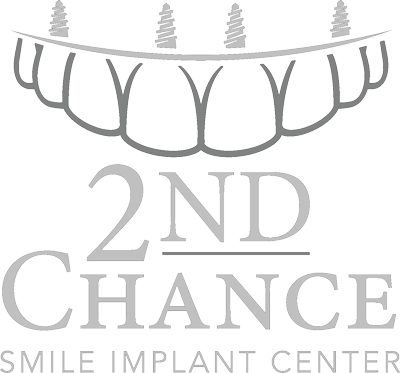Patients considering dental implants need sufficient jawbone to anchor and support the implant. However, if you have insufficient jawbone, as determined by a reputable dental surgeon, you can opt for our bone grafting in Corona procedure to encourage bone regeneration. Bone grafts are a routine procedure to build a solid foundation for implants, ensuring their long-term success.
Bone Grafting
Corona
What Is Bone Grafting?
Bone grafting is a safe and effective procedure that facilitates bone regeneration. The procedure is simple — bone tissues from a donor bank or other parts of your body are attached to the site with the insufficient jawbone. This encourages your body to produce new bone tissues to replace the grafting material, thereby helping you attain optimal jawbone density for implants.
Bone grafting materials can come from various sources, but the safest and most effective source is your body. The dental surgeon might harvest bone tissues from your chin or lower jaw, and, if those areas lack sufficient bone tissues, from your hip or tibia (shin bone). The hip has a large volume of bone tissues to spare, but taking bone from the hips involves a hospital stay.
The Need for Bone Grafting
Bone grafting is usually necessary to encourage jawbone regeneration at the site of the missing teeth. Implants are titanium screws attached to the jawbone underneath the missing teeth — they serve as replacements for their root structures. When implants are placed, your jawbone heals around the implants to make them a firm part of your dental anatomy.
However, bone tissues need constant stimulation for growth. If you don’t get an implant soon after losing your tooth, the underlying jawbone will eventually start disintegrating due to a lack of stimulus. If significant time has elapsed after losing your tooth, you won’t have sufficient jawbone to support the desired implant, thereby requiring a bone grafting procedure.
The following are other possible reasons we would recommend bone grafting in Corona:
- Periodontal disease
- Developmental defects
- Dental injuries and trauma
- Long-term use of dentures

The Bone Grafting Procedure
- Anesthesia: Dr. Huston numbs the bone grafting donor site and the recipient site using local anesthesia to ensure a comfortable experience.
- Harvesting: If the bone tissues are taken from the chin, a small incision is made below the lower front teeth to extract a block of bone from the chin. After the bone tissue is drawn, the incision is sutured.
- Grafting: A small incision is made at the recipient site where the bone grafting material has to be placed. The grafting materials are anchored in place, and the membrane over the graft is closed with sutures.
- Recovery: You can return home and follow the dentist’s post-treatment recovery guidelines. The bone regeneration process will take 6 to 9 months, following which you can get implants.
Contact 2nd Chance Smile Implant Center
2nd Chance Smile Implant Center is a state-of-the-art dental implant center specializing in the latest and most effective bone grafting techniques in Southern California. Our board-certified dentist, Dr. Huston, is committed to ensuring the long-term success of your dental implants, and he recommends bone grafting as a means of ensuring durability. Please schedule an appointment to discuss your options for bone grafting in Corona.

